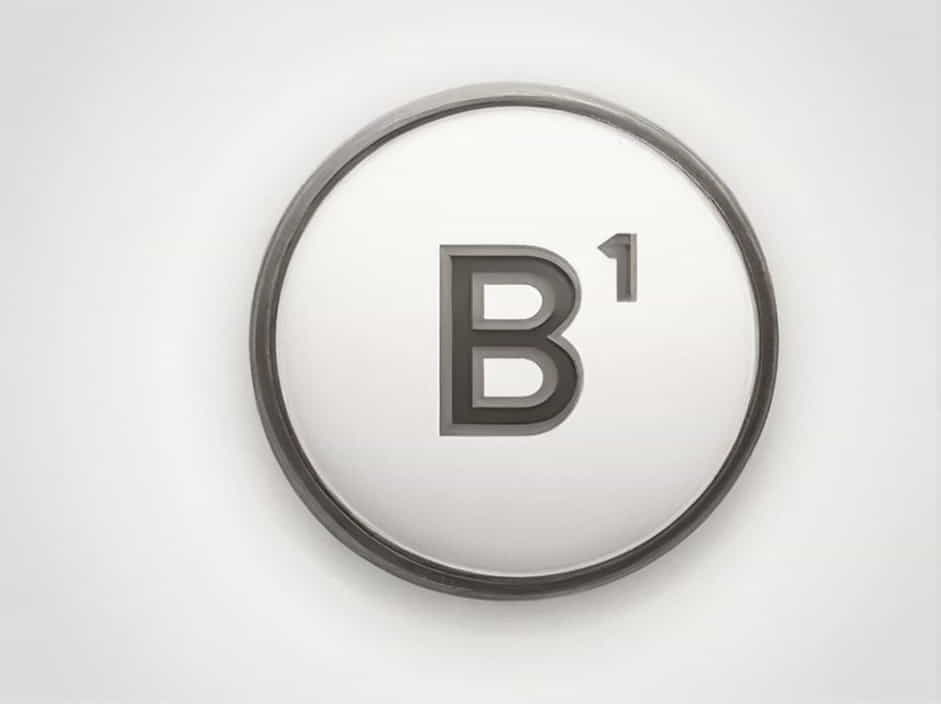The oxidation number (or oxidation state) of an element in a compound helps determine how electrons are distributed in chemical bonding. One interesting case is sodium borohydride (NaBH₄), a widely used reducing agent in organic and inorganic chemistry.
In this topic, we will analyze how to determine the oxidation number of boron in NaBH₄, explore its chemical properties, and discuss its applications in different fields.
Understanding Oxidation Numbers
An oxidation number represents the hypothetical charge an atom would have if all its bonds were purely ionic. The general rules for assigning oxidation numbers include:
- Free elements have an oxidation number of 0 (e.g., O₂, H₂).
- Group 1 elements (e.g., Na, K) always have +1 in compounds.
- Hydrogen is +1 when bonded to nonmetals and -1 when bonded to metals.
- Oxygen is usually -2, except in peroxides (-1) or when bonded to fluorine.
- The sum of oxidation numbers in a neutral compound is 0.
Using these rules, we can determine the oxidation number of boron in NaBH₄.
Determining the Oxidation Number of Boron in NaBH₄
Step-by-Step Calculation
-
Identify oxidation states of known elements:
- Sodium (Na) is in Group 1, so its oxidation number is +1.
- Hydrogen (H) in metal hydrides (like BH₄⁻) has an oxidation number of -1.
-
Set up the oxidation number equation:
- Let x be the oxidation number of boron (B).
- The total charge of the borohydride ion (BH₄⁻) is -1.
Equation:
x + (4 times -1) = -1x – 4 = -1x = +3 -
- The oxidation number of boron in NaBH₄ is +3.
Chemical Properties of NaBH₄
Sodium borohydride is a white crystalline solid known for its strong reducing properties. It reacts with water and acids to produce hydrogen gas (H₂) and is commonly used in chemical reactions involving reduction.
Molecular Structure
NaBH₄ consists of:
- Na⁺ (sodium ion)
- BH₄⁻ (borohydride ion), where boron forms covalent bonds with four hydrogen atoms
The tetrahedral shape of the BH₄⁻ ion allows it to function effectively in reduction reactions.
Uses of NaBH₄ in Chemistry
1. Reducing Agent in Organic Chemistry
Sodium borohydride is widely used to reduce aldehydes and ketones into alcohols.
Example: Reduction of acetone to isopropanol
2. Hydrogen Storage and Production
NaBH₄ can release hydrogen gas (H₂) when reacting with water or acids, making it a potential hydrogen storage material for fuel cells.
3. Industrial Applications
Used in industries for:
- Paper bleaching
- Pharmaceutical synthesis
- Textile processing
4. Inorganic Chemistry Reactions
NaBH₄ is used in metal refining and purification, particularly in gold recovery and platinum-group metal extraction.
Comparison of Boron Oxidation States
Boron commonly exists in oxidation states of -5, 0, +1, +2, +3 depending on the compound.
| Compound | Oxidation State of Boron |
|---|---|
| NaBH₄ | +3 |
| BF₃ (Boron trifluoride) | +3 |
| B₂H₆ (Diborane) | +3 |
| B (Elemental boron) | 0 |
| Na₂B₄O₇ (Borax) | +3 |
Why is Boron +3 in NaBH₄?
The oxidation number of boron in NaBH₄ is +3 because:
- Boron typically forms three covalent bonds in compounds.
- NaBH₄ contains four hydrogen atoms, each with an oxidation number of -1.
- To balance the total charge (-1) of the BH₄⁻ ion, boron must have a +3 charge.
The oxidation number of boron in sodium borohydride (NaBH₄) is +3, which aligns with its usual oxidation state in boron-containing compounds. NaBH₄ is a valuable reducing agent, widely used in organic synthesis, hydrogen storage, and industrial processes. Understanding oxidation numbers helps chemists predict reactivity, stability, and applications of different chemical compounds.
